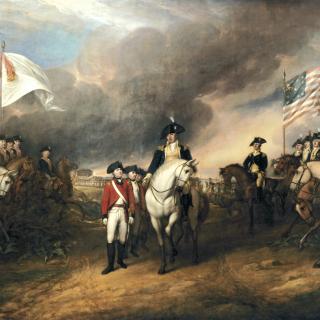Well Dam: The Tidal Basin's Beaver Vandals
A nefarious plot against one of Washington's most beloved landmarks was unfolding in the spring of 1999. On April 1st, an attacker moved quickly when no one was around, and chopped down one of the Cherry Trees along the Tidal Basin.1 As one of the most enduring symbols of the nation’s capital, it wasn’t the first time the trees had been targeted. During World War II, after the bombing of Pearl Harbor, four of the trees had been cut down, with “To Hell with the Japanese” carved into the trunk of one.2 This time around, there was a message of a different sort.
The downed tree was covered in teeth marks, revealing that the vandal was not a protestor or George Washington interpreter, but instead a humble beaver. On the one hand, it wasn’t a huge surprise –beavers are native to the D.C. area. However, this particular beaver was ambitious… and just getting started.3 A few days later, it took down more Cherry Blossoms and White Cedars, leading National Park Service warden Julia Long to remark, “This is one optimistic beaver…He thinks he can build a dam across the Tidal Basin.”4
As the damage grew, the National Park Service ramped up efforts to trap the beaver, which quickly captured the public’s attention. Visitors to the Tidal Basin began asking park rangers about the furry fugitives and advice on how to catch them seemed to come from all directions.5 In The Washington Post, columnist Gene Weingarten’s “Top 10 Ways to Catch a Beaver” gave ideas ranging from “Send Al Gore out to the Tidal Basin in a Pink Sombrero, with instructions to ‘stand very still’” to “Ground Troops.”6 The response was perhaps reflective of the times. Before the beavers’ chewing spree, public attention was on the crisis in Kosovo, where NATO had just gotten involved to help the Kosovo Liberation Army in their war with Yugoslavia and Serbia.7
As the NPS was trying to humanely trap the elusive vandal, a new revelation came to light. On April 7th, two people taking a midnight stroll along the Basin saw not one but two beavers, chewing on branches of their victims.8 The visitors alerted the Park Police, but the rambunctious rodents managed to make their escape.9 Shortly thereafter, a third Beaver was discovered. This wasn’t a someone acting alone. It was a whole crime family.10 Adcock's Trapping Service of College Park was called in to set up baited traps along the tree line and the Park Service began covering the bases of the trees to protect them from more damage. Meanwhile, Washingtonians and people across the country continued to enthralled by the critters, with articles appearing in newspapers from Chicago to Los Angeles. It seemed that the vandals became more and more popular with every article that came out, but eventually their luck ran out.
“A female was the first to fall for the trap,” reported The Washington Post on April 10, 1999.11 In short order, a second beaver was nabbed. It was a younger one, believed to be the child of the two. When the captures were announced, attention turned to the third fugitive.12 “The other one’s probably scared and lonely, wondering where his mate is,” remarked one visitor to the White House.13 As concern for the now lone beaver's mental health grew, the park service announced that the final beaver had been captured.14
With all three animals captured, the trappers handed over the beavers to the park service so they could be relocated. Public interest remained high as various commentators came to the defense of the now imprisoned animals. A Utah newspaper published an article purported to be from the lead beaver himself, denouncing the claims that he had eaten the trees, claiming “My name is Bucky Beaver. I'm accused of eating beloved cherry trees at the Tidal Basin near the Jefferson Memorial. My fellow Americans, I tell you I didn't do anything worse than President Clinton -- and you allowed him to stay on the banks of the Potomac. So hear my plea, and let me stay too. I even studied Mr. Clinton and his lawyers as I've prepared my defense.”15 Meanwhile, the Los Angeles Times broke down the Beavers “upcoming” court date under the headline “Expect the Fur to Fly at this Trial.”16 It included quotes from the trio’s “defense attorney,” June Cleaver.
Even the House of Representatives threw their support behind the beavers. While discussing the war in Kosovo and NATO’s/America's involvement, one Idaho representative decided to change the subject. “I would like to identify with the remarks of my colleagues tonight on the very heavy issue of Kosovo. However, Madam Speaker, I am going to turn our attention back clearly across to this side of the globe... I ask my colleagues to join me in asking the U.S. Fish and Wildlife Service to provide immediate and emergency protection for the Tidal Basin beaver. Over 200 years ago General George Washington chopped down a cherry tree. Now, had General Washington had this happen at this time in his life, and a little later on, and if he lived today, he would have been disgraced in the nightly news, his wife trapped and hauled off, with his child being pursued by trappers.”17 The representative ended her defense of the beavers by entering into the record a poem written by an ally in defense of the beaver from the Alaskan state Senate. The poem is sung to the tune of Davy Crocket and goes like this:
Bucky Bucky Beaver
Lets fight to keep him free.
A Potomac flood left him a facin’
Life alone in the Tidal Basin,
He survived right well with the squirrels and the bees
And chewed up a couple of Cherry Trees.
Bucky Bucky Beaver
Let’s fight to keep him free.
The Park police now steal his food.
Try to trap him and treat him rude,
He’s a unique species and proud of that
A livin’ on some critical habitat.
Bucky Bucky Beaver
Let’s fight to keep him free.
Critters like Bucky sometimes don’t fit
The parky plans of the hypocrits.
But he needs our help so one and all
Give Al Gore a personal call . . . tell him
Bucky Bucky Beaver . . . let’s fight to keep him free.18
Despite the calls and poems and politicking for their freedom, eventually the Tidal Basin beavers' journey ended with them being relocated to a secure location, kept private from the public so they wouldn’t be found by their adoring fans.19 However despite being out of the Capital, they weren’t forgotten. Sometime after the vandalism spree ended, the Cherry Blossom festival introduced a mascot named Paddles the Beaver, whose mission was to preserve the beauty of the blossoms by reminding people not to touch them – and, presumably, other beavers from eating them.20
The results have not been perfect. Within the past few years more bite marks have been taken out of some of the trees. While not close to the same amount of damage the family in 1999 was able to do, the most recent copybeavers may be trying to live up to the legacy of their ancestors.21 They may also be trying to complete the family's dream of damning up the Tidal Basin.
Footnotes
- 1
The Guardian. “US Cheers on the Tree Killer.” April 9, 1999, sec. World news. https://www.theguardian.com/world/1999/apr/09/1.
- 2
National Park Service. “The Vandalization of the Cherry Trees in 1941 (U.S. National Park Service).” Accessed June 26, 2025. https://www.nps.gov/articles/the-vandalization-of-the-cherry-trees-in-1941.htm.
- 3
CBS News. “D.C. Beavers Gone: For Now - CBS News,” April 9, 1999. https://www.cbsnews.com/news/dc-beavers-gone-for-now/.
- 4
The Guardian. “US Cheers on the Tree Killer.” April 9, 1999, sec. World news. https://www.theguardian.com/world/1999/apr/09/1.
- 5
Simon, Richard. “One Point for Trees: Beaver Sent Packing.” Los Angeles Times, April 10, 1999. https://www.latimes.com/archives/la-xpm-1999-apr-10-mn-25966-story.html.
- 6
Weingarten, Gene. “Top 10 Ways to Catch a Beaver:” The Washington Post, April 9, 1999. https://www.washingtonpost.com/archive/style/1999/04/09/top-10-ways-to-catch-a-beaver/c92e3125-8177-454b-961f-d605978e9db8/.
- 7
Britannica. “Kosovo Conflict | Summary & Facts.” Accessed June 26, 2025. https://www.britannica.com/event/Kosovo-conflict.
- 8
Wheeler, Linda. “Tree-Chomping Beaver May Have Partner in Crime.” The Washington Post, April 9, 1999. https://www.washingtonpost.com/archive/politics/1999/04/09/tree-chomping-beaver-may-have-partner-in-crime/f4588db8-fd2f-41a5-b189-3108c407fb59/.
- 9
Wheeler, Linda. “Tree-Chomping Beaver May Have Partner in Crime.” The Washington Post, April 9, 1999. https://www.washingtonpost.com/archive/politics/1999/04/09/tree-chomping-beaver-may-have-partner-in-crime/f4588db8-fd2f-41a5-b189-3108c407fb59/.
- 10
Fernandez, Maria Elena. “A Critter’s Capture, a City Captivated.” The Washington Post, April 11, 1999. https://www.washingtonpost.com/archive/local/1999/04/11/a-critters-capture-a-city-captivated/0d7cfda2-c457-4e5e-bf57-d66f3e506141/.
- 11
Fernandez, Maria Elena. “A Critter’s Capture, a City Captivated.” The Washington Post, April 11, 1999. https://www.washingtonpost.com/archive/local/1999/04/11/a-critters-capture-a-city-captivated/0d7cfda2-c457-4e5e-bf57-d66f3e506141/.
- 12
CBS News. “D.C. Beavers Gone: For Now - CBS News,” April 9, 1999. https://www.cbsnews.com/news/dc-beavers-gone-for-now/.
- 13
Fernandez, Maria Elena. “A Critter’s Capture, a City Captivated.” The Washington Post, April 11, 1999. https://www.washingtonpost.com/archive/local/1999/04/11/a-critters-capture-a-city-captivated/0d7cfda2-c457-4e5e-bf57-d66f3e506141/.
- 14
CBS News. “D.C. Beavers Gone: For Now - CBS News,” April 9, 1999. https://www.cbsnews.com/news/dc-beavers-gone-for-now/.
- 15
Davidson, Lee. “Did I Chew Cherry Trees? Depends on Definition of Chew.” Deseret News, April 14, 1999. https://www.deseret.com/1999/4/14/19439894/did-i-chew-cherry-trees-depends-on-definition-of-chew/.
- 16
Rivenburg, Roy. “Expect the Fur to Fly at This Trial.” Los Angeles Times, April 16, 1999. https://www.latimes.com/archives/la-xpm-1999-apr-16-cl-28010-story.html.
- 17
“Congressional Record - House H1840.” Congress.gov, April 12, 1999. https://www.congress.gov/106/crec/1999/04/12/CREC-1999-04-12-pt1-PgH1839.pdf.
- 18
“Congressional Record - House H1840.” Congress.gov, April 12, 1999. https://www.congress.gov/106/crec/1999/04/12/CREC-1999-04-12-pt1-PgH1839.pdf.
- 19
The Ledger. “Beavers Revisted.” Accessed June 26, 2025. https://www.theledger.com/story/news/1999/06/28/beavers-revisted/8085310007/.
- 20
Histories of the National Mall. “Paddles the Beaver.” Accessed June 26, 2025. https://mallhistory.org/explorations/show/animals/item/264.
- 21
Barnes, Sophia. “Beaver Chows Down on Tidal Basin Cherry Tree.” NBC4 Washington (blog), February 26, 2021. https://www.nbcwashington.com/news/local/beaver-chows-down-on-tidal-basin-cherry-tree/2588154/.


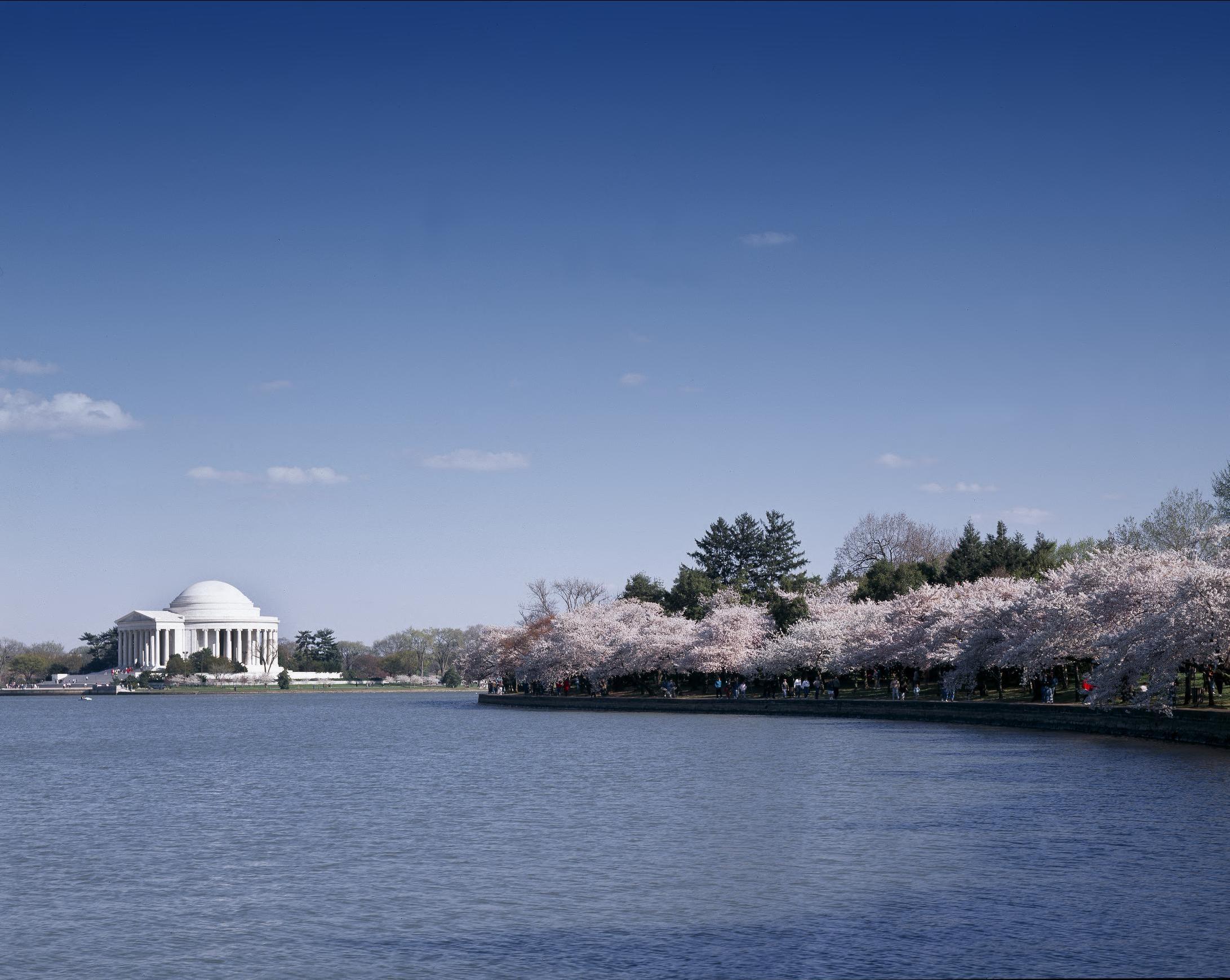
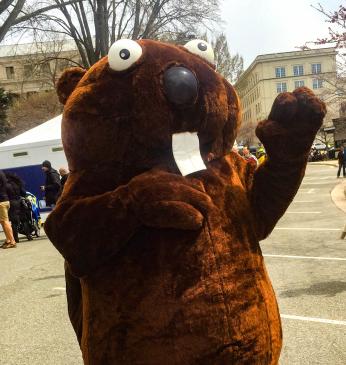
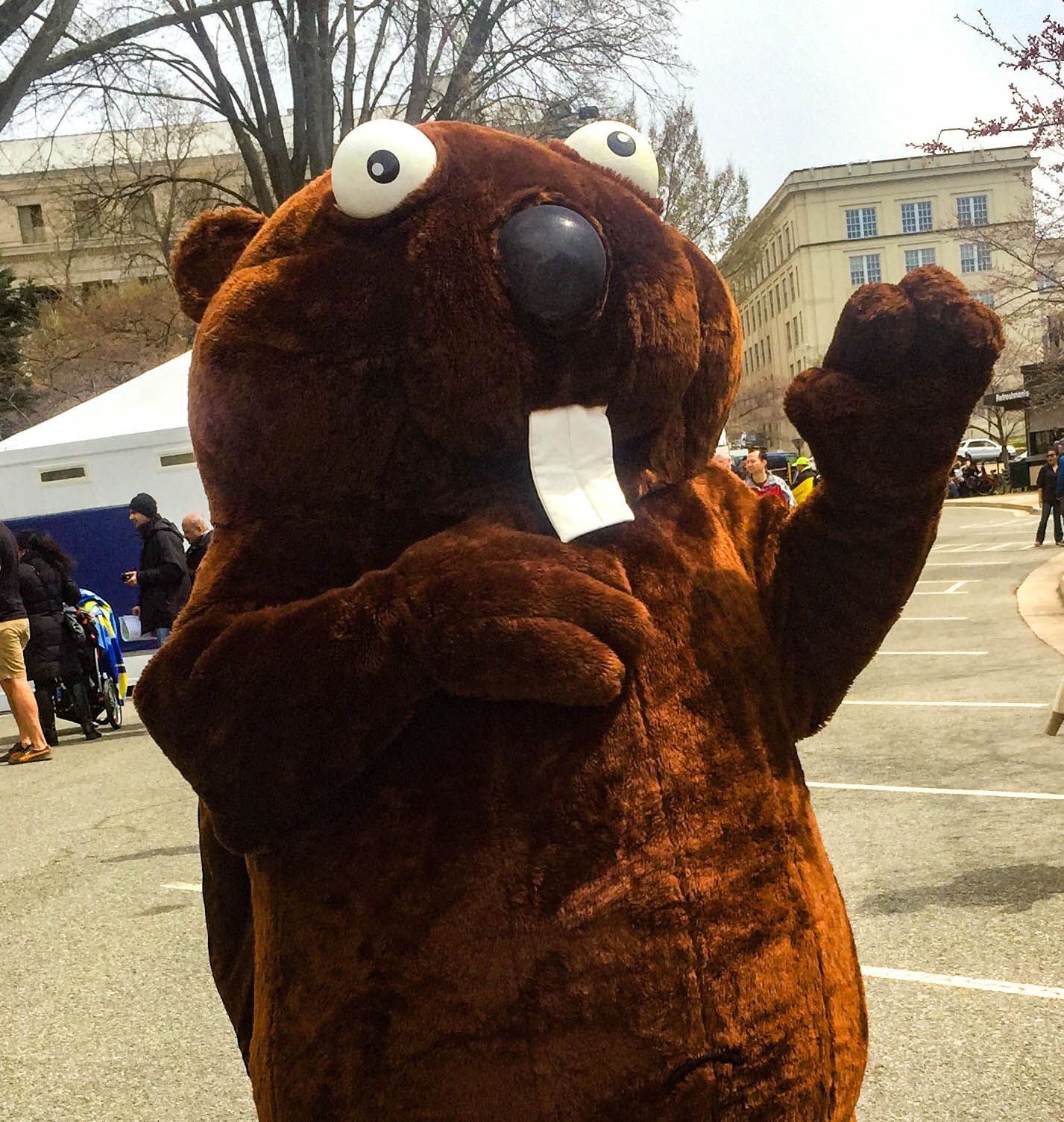
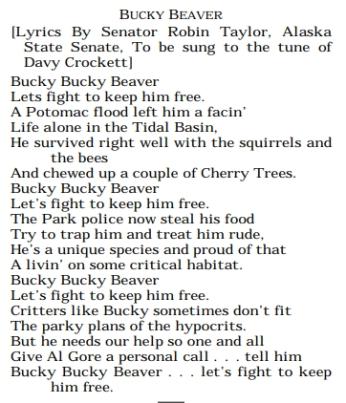
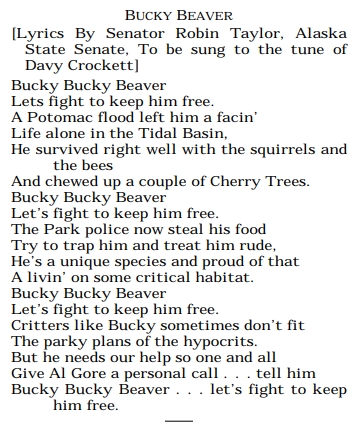
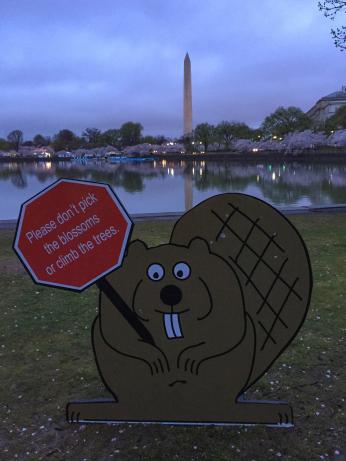
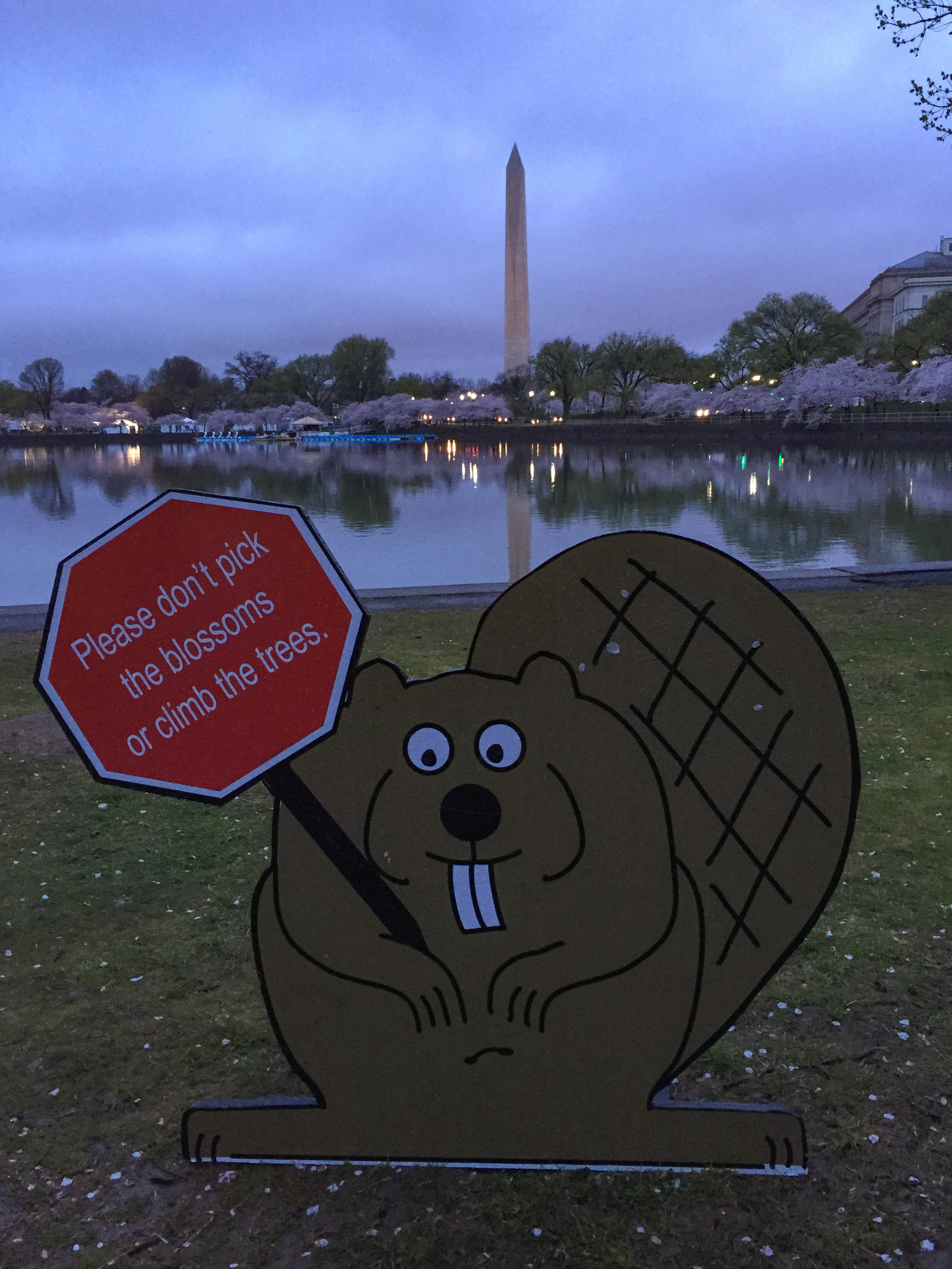
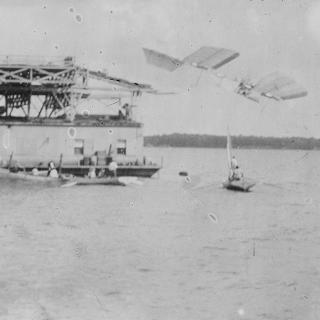
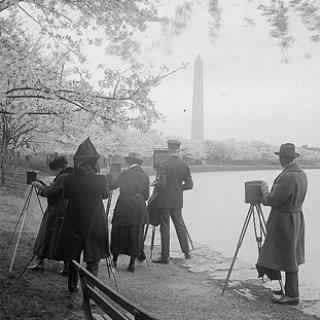

![Sketch of the mythical fuan by Pearson Scott Foresman. [Source: Wikipedia]](/sites/default/files/styles/crop_320x320/public/2023-10/Goatman_Wikipedia_Faun_2_%28PSF%29.png?h=64a074ff&itok=C9Qh-PE1)

